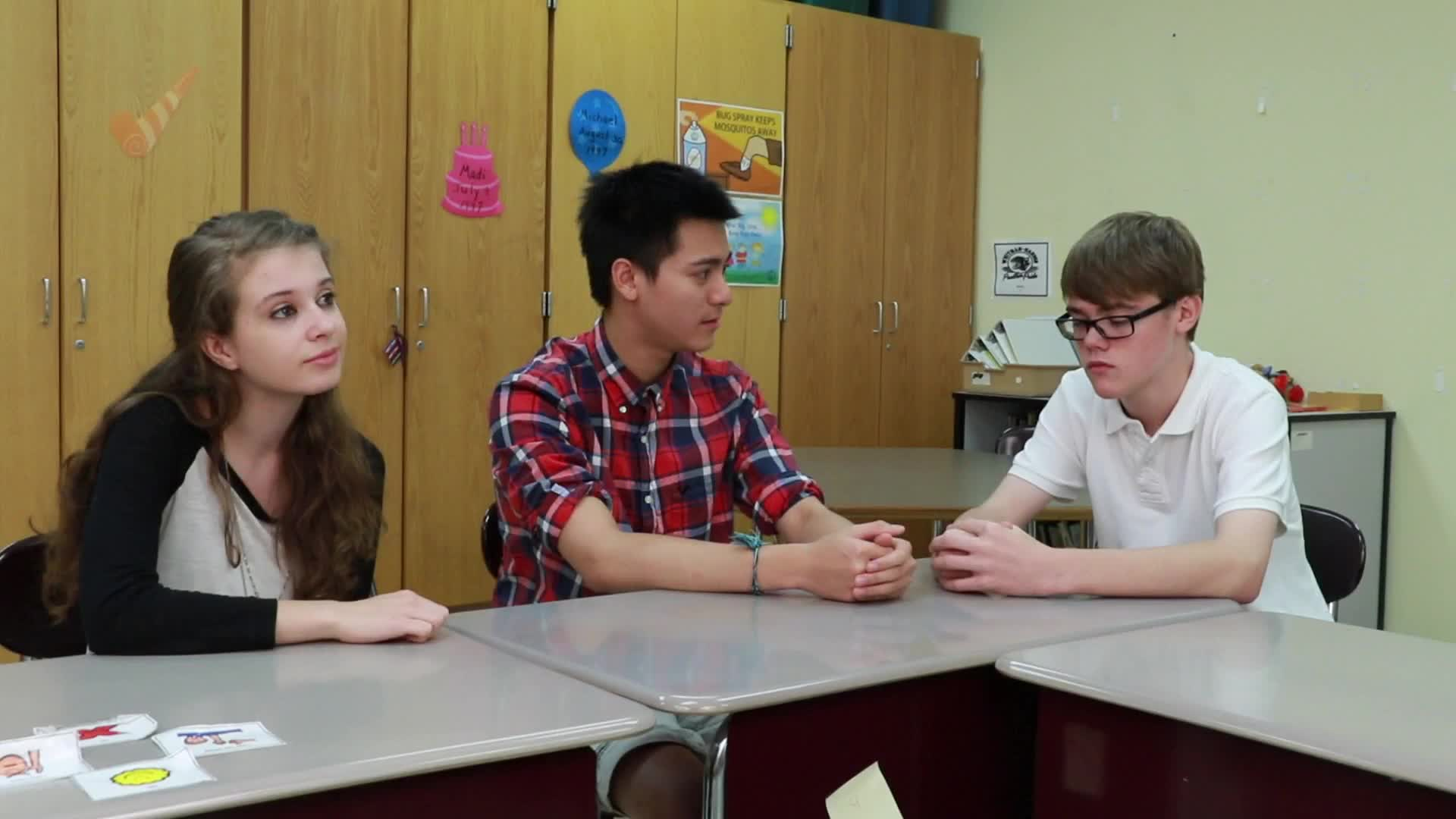Introduction
As educators, we strive to help our high school students develop strong communication skills. One aspect of communication that can often be overlooked is the alignment of facial expressions and tone of voice with the message being conveyed. When these elements don’t match, it can lead to confusion and misunderstandings. In this blog post, we’ll explore the importance of aligning facial expressions and tone of voice with the words being spoken and provide an activity and discussion questions to help students better understand this aspect of communication.
No-Prep Activity
This simple, no-prep activity can be used in the classroom to help students understand the importance of aligning their facial expressions and tone of voice with their words. To begin, divide students into pairs. One student will be the speaker, and the other will be the listener. The speaker will choose a phrase (e.g., “I’m so happy for you” or “I’m really disappointed”) and say it to the listener using different facial expressions and tones of voice. The listener will then try to guess the emotion the speaker is trying to convey. After a few rounds, have students switch roles. This activity can help students become more aware of the impact their facial expressions and tone of voice have on their message.
Discussion Questions
- Why is it important to align facial expressions and tone of voice with the words being spoken?
- Can you think of a time when someone’s facial expressions or tone of voice confused you about their message? How did it make you feel?
- How can being aware of your facial expressions and tone of voice help improve your communication skills?
- What strategies can you use to ensure your facial expressions and tone of voice match your message?
- How can misaligned facial expressions and tone of voice affect relationships and social interactions?
Related Skills
As students work on aligning their facial expressions and tone of voice with their words, they’ll also develop other important communication skills. Some related skills include:
- Active listening: Paying attention to not only the words being spoken but also the speaker’s nonverbal cues.
- Empathy: Understanding and sharing the feelings of others, which can be enhanced by accurately interpreting facial expressions and tone of voice.
- Assertiveness: Clearly expressing thoughts and feelings while respecting the rights and feelings of others.
- Conflict resolution: Addressing misunderstandings and resolving conflicts through clear and respectful communication.
Next Steps
Helping students develop strong communication skills, including the alignment of facial expressions and tone of voice with their words, is essential for their success in both academic and social settings. To further support your students in developing these skills, we encourage you to sign up for free samples of our social-emotional learning materials. These resources can provide additional activities, lessons, and strategies to help your students become more effective communicators.






